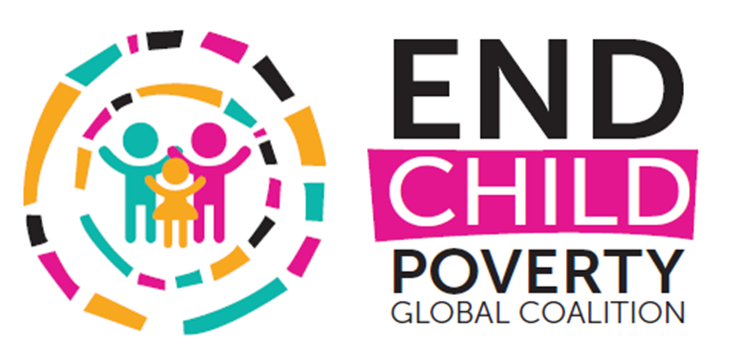CHILD POVERTY MEASUREMENT AND MONITORING: THE MISSING CHILDREN
A key focus of the Sustainable Development Goals (SDGs) is leaving no one behind, which includes a call for increased efforts and innovations to count all children living in poverty, in all its forms (monetary and multidimensional).
National household surveys are the most commonly used and reliable sources of data to estimate poverty. These surveys have led to increasingly better and more frequent information on the situation of households and individuals living in poverty and, in most countries, they provide the critical data to set baselines for SDG poverty targets.
However, there are certain groups of children living in poverty that are not reflected in these poverty statistics. These include:
Children not living in households
Poor children living in households which are not captured in household survey sample frameworks
Poor children living in households but the household survey data analysis/methods applied do not sufficiently reflect their situation.
These distinct groups of poor children potentially missing from data or from analysis are explored in this brief from the Global Coalition to End Child Poverty, with particular attention to the policy and programming implications for poverty reduction, as well as the implications of setting SDG poverty-related baselines and targets where certain groups of children may be missing from these baselines.
The brief also outlines prominent and innovative approaches to better capture children currently missing from or not sufficiently reflected in data, and highlights efforts supported by the Global Coalition to End Child Poverty, so that groups of children living in poverty but not represented in national poverty statistics can benefit from the focus and progress that the SDGs will bring.
Title: Child poverty measurement and monitoring: The missing children
Author/s: Global Coalition to End Child Poverty
Publication date: July 2019
Download HERE

